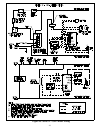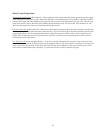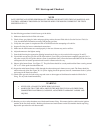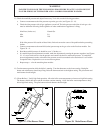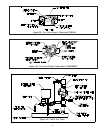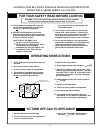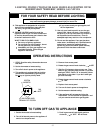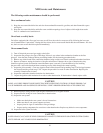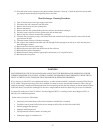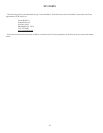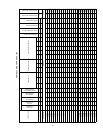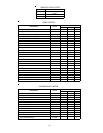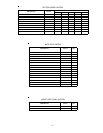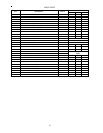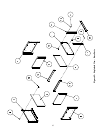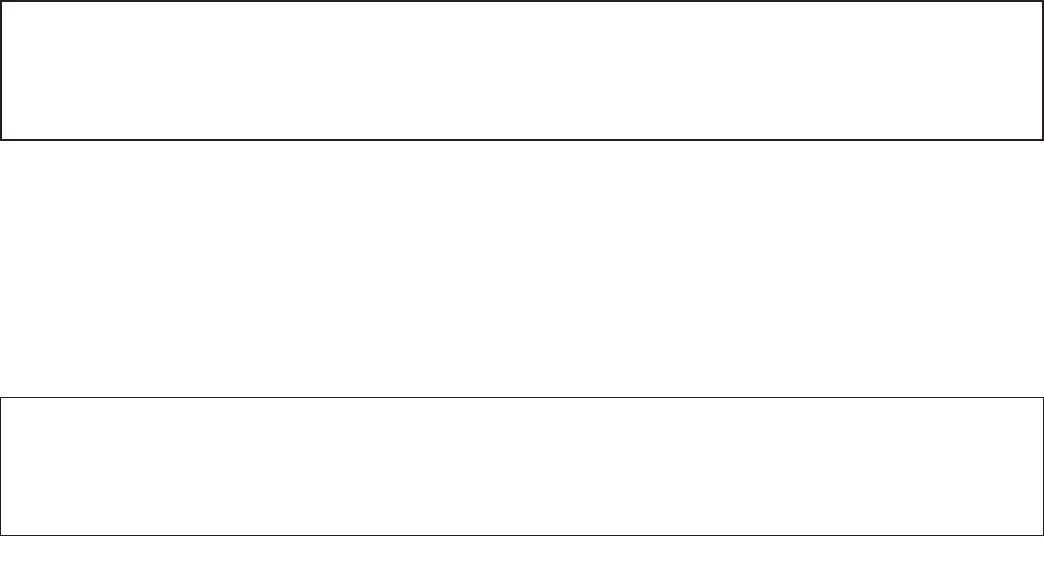
58
CAUTION
WATER LEAKS CAN CAUSE SEVERE CORROSION DAMAGE TO THE BOILER OR OTHER SYSTEM COMPO-
NENTS. REPAIR ANY LEAKS FOUND IMMEDIATELY
56
XIII Service and Maintenance
The following routine maintenance should be performed:
On a continuous basis:
1) Keep the area around the boiler free and clear from combustible materials, gasoline, and other flammable vapors
and liquids.
2) Keep the area around the boiler and boiler room ventilation openings clear of objects which might obstruct the
flow of combustion and ventilation air.
On at least a weekly basis:
For boilers equipped with a float type low water cut-off, blow down the low water cut-off by following the low water
cut-off manufacturer’s instructions. During this blow down, the low water cutoff should shut down the burners. If it does
not, the low water cut-off should be replaced immediately.
On an annual basis:
1) Turn off electrical power and gas supply to the boiler
2) Inspect the flue passages for signs of blockage. If there is any carbon in the combustion chamber or the flue
passages, clean the heat exchanger before proceeding further. See the cleaning procedure below.
3) Remove any debris found in the combustion chamber, being careful not to disturb combustion chamber insulation
4) Remove all burners, noting the location of the pilot main burner. If burners show signs of deterioration, they
should be replaced (some discoloration around the burner ports is normal). Clean the burners by first brushing
the ports with a soft bristle brush and then vacuuming out any debris through the venturi opening.
5) Inspect the pilot assembly. Clean any deposits found on the electrode and grounding strap. The ideal gap between
the electrode and the ground strap is 1/8”. Inspect the porcelain for cracks or other deterioration. Replace pilot
assembly if deterioration is found.
6) Inspect the combustion chamber insulation for deterioration.
7) Inspect the ignition cable insulation for cracks or other deterioration. If deterioration is found, replace cable.
8) Reinstall burners, being careful to put the pilot main burner in its original location.
9) Inspect all boiler wiring for loose connections or deterioration.
10) Inspect the vent system:
• Make sure that both the vent system is free of obstructions.
• Make sure that all vent system supports are intact.
• Inspect joints for signs of condensate or flue gas leakage.
• Inspect venting components for corrosion or other deterioration. Replace any defective vent components.
11) Inspect the boiler system for leaks.
CAUTION
LABEL ALL WIRES PRIOR TO DISCONNECTION WHEN SERVICING CONTROLS. WIRING ERRORS CAN
CAUSE IMPROPER AND DANGEROUS OPERATION. VERIFY PROPER OPERATION AFTER SERVICING



